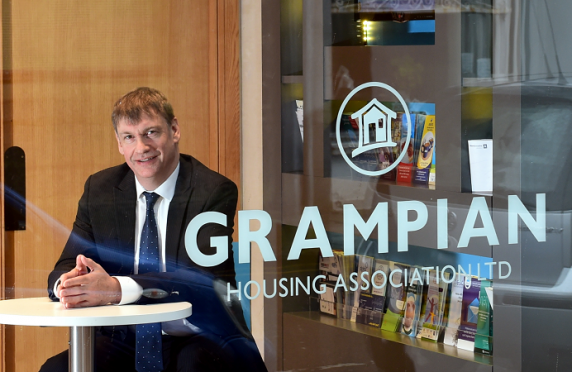My kids say I’m always 10 years behind the times.
It’s reliable like the lunar cycle. Anything from clothing to food. Music is an obvious fashion crime scene. I honestly thought I’d “discovered” the Pixies a decade after they’d split. Last night it happened again.
I was thinking how great it would be to grow apples, Scottish varieties. Naturally, in front of the fire with slippers on, that leads to thoughts of cider. Would it be possible – at this point getting quite excited – to make it in the North-east based on those hardy local breeds? What about doing what the Swedes do and add berries? Eureka! An enterprise is born.
Like a slowly deflating balloon, my body sagged as the laptop search proved the 10-year rule also applies to fruit-based drinks. Thistly Cross Cider has been going since 2006, based near Dunbar and now working with Gordon Castle in Fochabers to turn their pears and apples into fizzing delight.
Then I just about fell off my perch to discover that a dozen miles from where I grew up, in damp, hilly and verdant Dumfriesshire, there is an artisan producer called Waulkmill Cider. Langholm! I mean, really.
Memories are short. Once upon a time the Clyde Valley had extensive apple orchards alongside its famous tomato growing industry, and from Fife, through the Carse of Gowrie, the Mearns and across into Moray, orchards were an important part of the economy across Scotland.
The cool summers, with long sunlight hours, are ideal for balancing sweetness and flavour. Of course chill storage, the “Golden” and the “Granny Smith”, the rise of the supermarket, globalisation and the disappearance of seasonal marketing did for local hard fruit.
Or did it?
There are still 2,000 orchards across Scotland. Bold nursery men and women saved most of the ancient Scottish varieties: the Oslin from Arbroath, the Bloody Ploughman from Blairgowrie, and the Beauty of Moray, to name but a few.
At the recent Scottish Rural Parliament I met a passionate advocate for local food, Anne Thomson of Ella Drinks near Arbroath.
In her view, there is great potential for a return to smaller scale fruit production based on a wider range of varieties, grown where they do best. Why settle for bland, global stuff when you can thrill your palate?
It also makes sense, for the sake of food security, or even the planet, to grow as much as we can near where we live.
Let’s get away from the wasteful and anti-competitive practices of the big chains, where growers are forced to over-produce to avoid penalties and have to plough good food back into the ground because they are barred from selling to anyone else.
For the local economy, buying local gives our farmers more diverse income, creates local jobs, cuts down carbon emissions and in my dreams, could revive Aberdeen’s Union Street.
For charities like Community Food Initiatives North East and my housing association, growing local is also about making a difference to people who suffer from a poor diet, who rely on fast and processed food.
Studies have shown that those households, particularly their children, haven’t got a clue about where their food comes from, and know or care little about the value of what they put in their mouths. Sharing the benefits of local production, making that direct link from field to fork, could transform what we eat and our health.
The Aberdeen and Grampian Chamber of Commerce has launched its Buy North East campaign and is looking for enterprises to sign up.
When it comes to food and drink, there are many established brands and businesses, it’s one of the region’s strong suits, but what I have noticed of late is the great flowering of entrepreneurship in these sectors.
There are so many surprises to be found at the local farmers’ market and new cafés, restaurants and local stores.
Now is the time to support local, be it the food we eat and drink or the shops and businesses we buy produce and services from.
And if you have a spare bit of garden, or a bare wall, add to the diversity by planting that very Scottish cider apple: “Scrog” or if you must be gentile: the “Beauty of Moray”.
Neil’s Bio:
Neil Clapperton, chief executive, Grampian Housing Association
He has been leading Grampian Housing Association for six years, prior to this he was at Angus Council.
Neil’s ambition is to see Grampian Housing Association provide a sustainable solution to the North East housing crisis.
He encourages proactive thinking across the political spectrum on the importance of affordable housing to working families, employers in all sectors, commerce and the economy.
